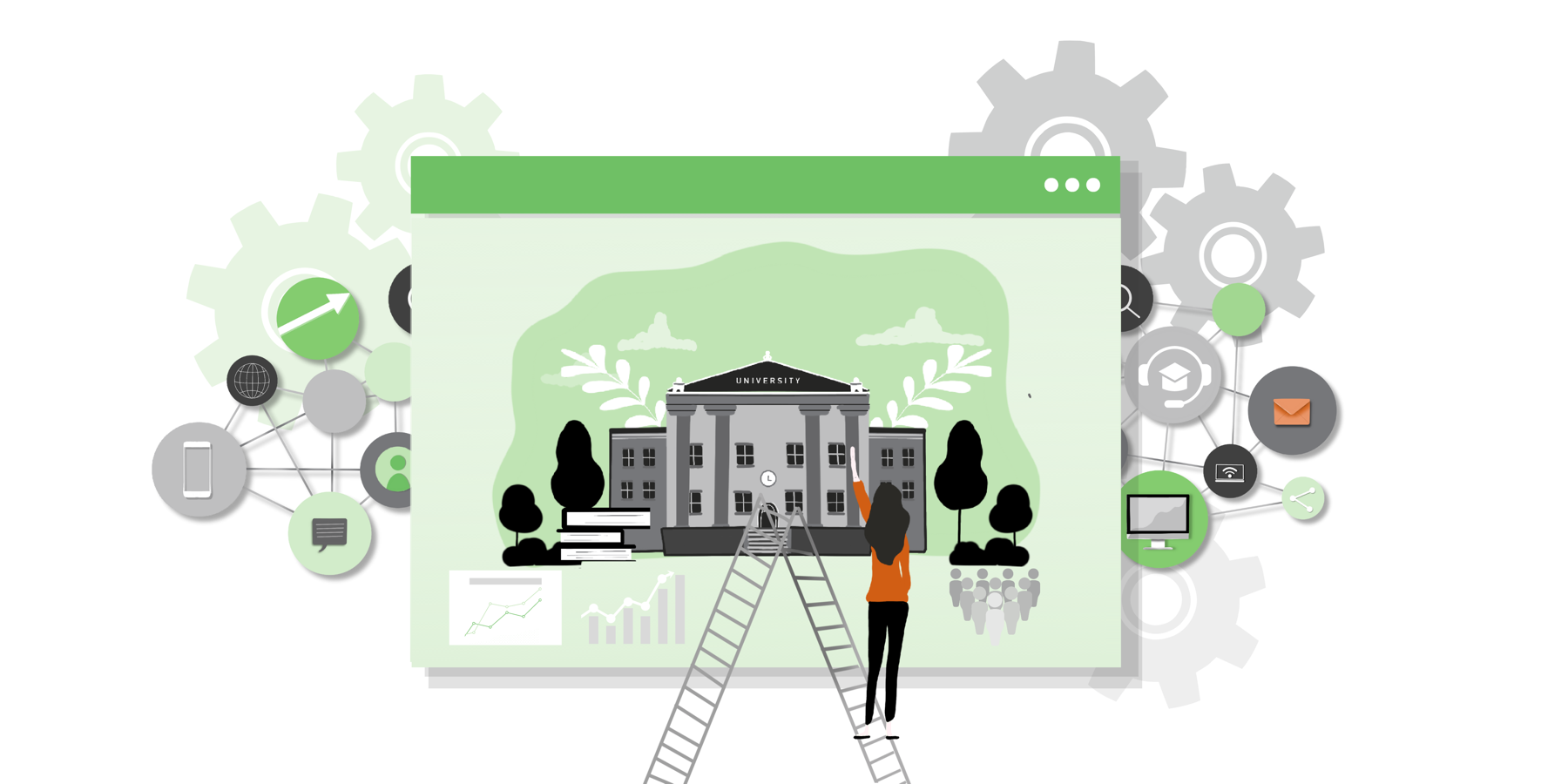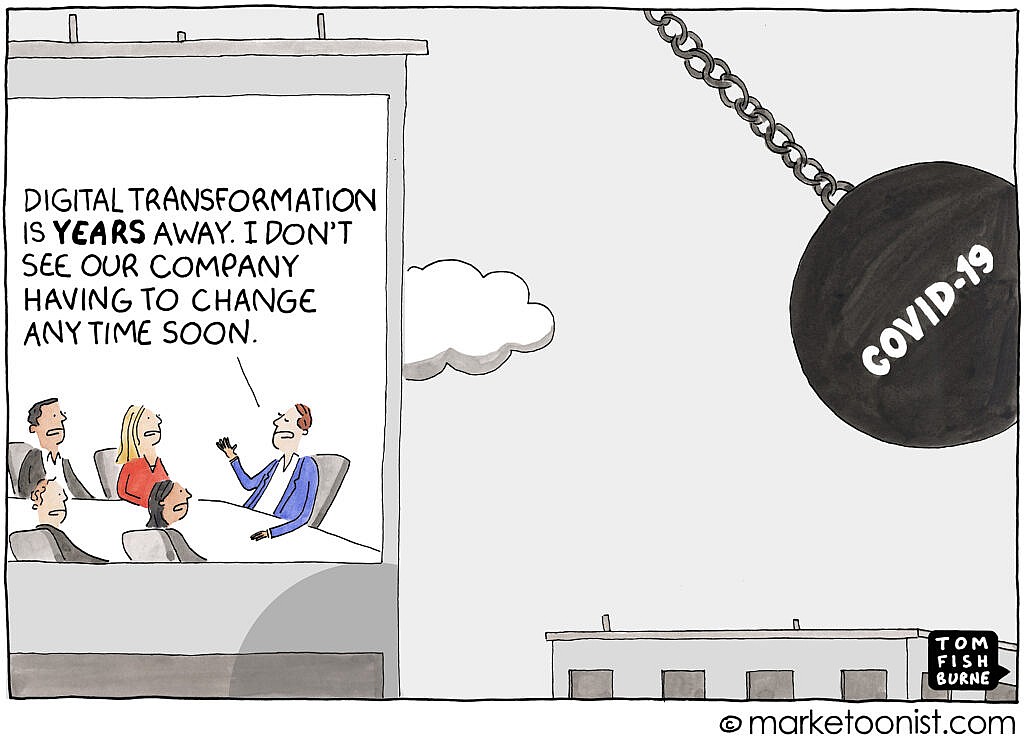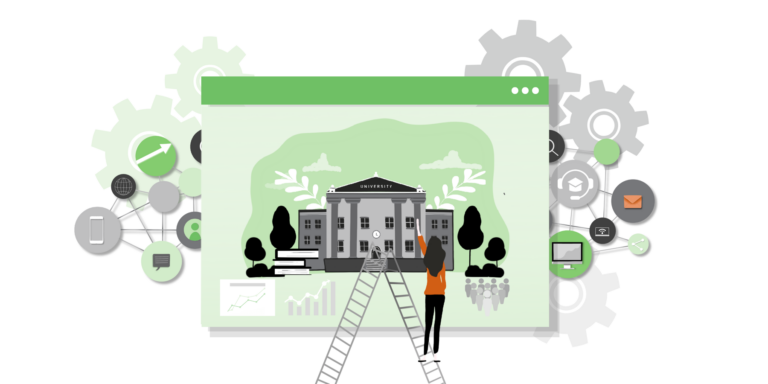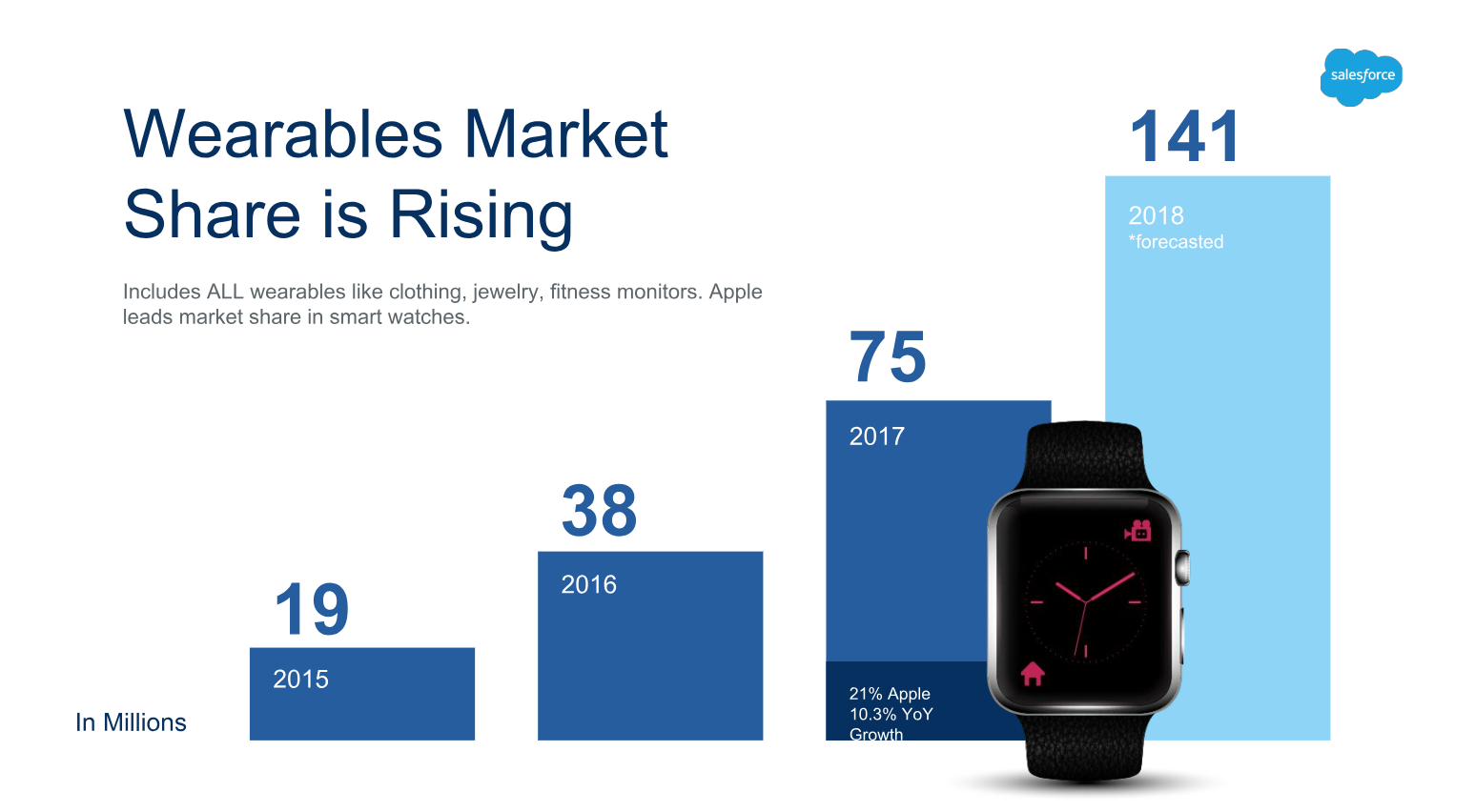
How to Manage Digital Transformation in Community & Technical Colleges
Just as it has done with everything else, the COVID-19 pandemic has forced educators to go all in on digital — whether they’re ready or not.
All learning institutions have had to transform from physical hubs of learning to digital hubs, virtually overnight. On top of that, higher education institutions that have traditionally relied on in-person tours and events, have had to find new ways online to recruit new students and show their digital learning capabilities.
The American Council of Education shows enrollment down 55% across the board, however, community and technical colleges have been hit particularly hard; in the midst of scrambling to transition 80% of their learning environments from in-person instruction to online, these institutions are also up against an 80% decrease in enrollment from 2019 to 2020.
While the current health crisis has been an obvious contributor, these institutions have been struggling with low enrollment and retention for some time now. Federal funding cuts, shifting student demographics and economic opportunities have been eroding the student base since community college enrollment peaked after the 2010 recession; and that could happen again this time around.
One of the big challenges for community colleges right now is the maturity of their digital operations. If they have the right technology, people, processes and analytics implemented already, scaling those operations is simple. Trying to scale without all four of those pillars in place is a temporary option with increasingly complex consequences as time goes on.
We recently discussed this conundrum at length in a webinar with our friends at Salesforce. If you’re interested in the full discussion, you can tune into the full recording here: How to Organize and Scale for Digital Transformation in Community & Technical Colleges (Log into Zoom and use passcode: e+k%6uN8WW). Here are three of the key takeaways and tips from our webinar for improving digital maturity in community and technical colleges.
1. Assessing & Understanding Digital Maturity is Critical
Looking at two-year colleges, there are some early adopters that are well ahead of the curve with their digital strategies, but many are still in the early stages on the digital maturity scale. To be successful, it’s critical for every institution to measure and understand where they are to plan accordingly to implement a scalable data-driven digital strategy. At its core, the key to success with digital transformation in education is balance and strategy. This is something that all organizations have struggled with, especially as the pandemic has forced so many to completely reinvent their operating models overnight. Educators are not alone in their struggle here, just take it a step at a time and you’ll be surprised how much easier your life will be by putting in the work to get it right from day one.
Use our handy Digital Maturity Quiz to figure out where you stand today and where you need to go from here.
2. Don’t Cut Corners with the Fundamentals
It can be tempting to rely solely on AI and technology solutions that claim to do it all, but without the right people to manage that tech or analytics to collect feedback and track usage or results then you are flying blind when it comes to what’s working and what’s not. Even more important is coordination across the campus to get full adoption and buy in from every educator and student; otherwise, what’s the point, right?
The best thing administrators can do for their staff and students is to build the right foundation to support all digital operations. If that’s done right the first time then it’ll be smooth scaling from there. That goes for everything from online learning environments to digital marketing and advertising. Every online experience associated with your college needs to be seamless and consistent for enrollment and retention to flourish.
Here are a few fundamentals of a solid digital operations foundation:
- Staffing: Establish leadership over your digital experience, not just marketing or digital marketing, with an understanding of the cyclical process of data > insights > action > data. Mastering the rinse and repeat with this cycle is a winning strategy.
- Analytics: Implement data analytics measurements aligned with key business objectives and their key performance indicators. Start consistent tracking across advertising, the user experience, and communications.
- Coordination: Lead an effort to establish the same vision and digital strategy across the institution. Think holistically about all digital experience initiatives. How will this affect the institution?
3. Challenge Status Quo & Get Comfortable Being a Little Uncomfortable

Resistance to change and maintaining status quo are major blockers for successful digital transformation. Finding the right people, technology and partners are critical to cultivate innovative thinking and creative problem solving for the new challenges created by the pandemic.
Learning is a lifelong process of trial and error. Community and technical colleges are valued by traditional and nontraditional students because of the convenience, flexibility and power they give students to attend higher education on their own terms and time. That very idea goes against the conventional college experience. That said, adopting digital and learning to adapt on the fly presents new opportunities for community colleges to do that more efficiently than ever before.
Key Takeaways
As mentioned above, COVID-19 could actually be the catalyst for community college enrollment to spike again as it did in 2010. This is an opportunity for all educational institutions to improve their digital maturity. By strategically investing in the right technology, people and processes they can attract more students and provide the best educational experience possible to retain them. Depending on how well these institutions reinvent themselves, and transform their digital operations in response to the pandemic, the better off they will be coming out of it.
To get more strategies and best practices on digital maturity and transformation specific to your needs, don’t hesitate to reach out to us for a free consultation!
READY TO PROVIDE A BETTER POST-CLICK EXPERIENCE?
Get insights and tips to drive more business from less ad spend, more profit from less cost, and more customer value from less churn.




